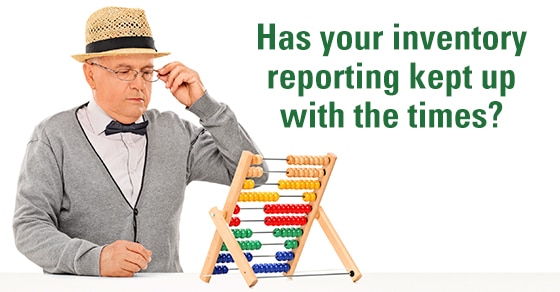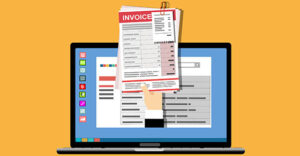It’s critical to report inventory using the optimal method. There are several legitimate options for reporting inventory — but take heed: The method you choose ultimately affects how much inventory and profit you’ll show and how much tax you’ll owe.
The basics
Inventory is generally recorded when it’s received and title transfers to the company. Then, it moves to cost of goods sold when the product ships and title transfers to the customer. But you can apply different inventory methods that will affect the value of inventory on your company’s balance sheet.
FIFO vs. LIFO
Under the first-in, first-out (FIFO) method, the first units entered into inventory are the first ones presumed sold. Conversely, under the last-in, first-out (LIFO) method, the last units entered are the first presumed sold.
In an inflationary environment, companies that report inventory using FIFO report higher inventory values, lower cost of sales and higher pretax earnings than otherwise identical companies that use LIFO. So, in an increasing-cost market, companies that use FIFO appear stronger — on the surface.
But LIFO can be an effective way to defer taxes and, therefore, improve cash flow. Using LIFO causes the low-cost items to remain in inventory. Higher cost of sales generates lower pretax earnings as long as inventory keeps growing. To keep inventory growing and avoid expensing old cost layers, however, some companies may feel compelled to produce or purchase excessive amounts of inventory. This can be an inefficient use of resources.
Specific identification
When a company’s inventory is one of a kind, such as artwork or custom jewelry, it may be appropriate to use the specific-identification method. Here, each item is reported at historic cost and that amount is generally carried on the books until the specific item is sold. But a write-off may be required if an item’s market value falls below its carrying value.
Weighing your options
Each inventory reporting method has pros and cons — and what worked when you started your business may not be the right choice today. As you prepare for year end, consider whether your method is still optimal, given your current size and business operations, expected market conditions, and today’s tax laws and accounting rules. Not sure what’s right? We can help you evaluate the options.
© 2016





